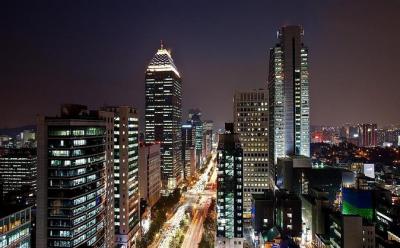Information / History & Culture
A Peek Into The History And Culture
Seoul’s History dates far back into the dynastic past of Korea. Seoul was originally named Hanseong and remained the capital of the Joseon Dynasty from 1392 to 1910. The dynasty built Seoul’s most famous landmarks like Five Grand Palaces and Namdaemun. The city was originally surrounded by stone walls to protect it against attacks by wild animals and thieves. Although the city has grown far out of the stone walls, a part of it can still be seen along the Bugaksan mountain while its gate remains near the downtown district in Seoul, including Namdaemun and Dongdaemun. Seoul has been the capital of South Korea since its establishment in the year 1948. The city saw extensive rebuilt following its occupation by the Communist forces during the Korean War. According to an estimate, the damage that Seoul suffered after the war was of at least about two lakh buildings, more than fifty thousand houses, and about a thousand factories. Around the 1960s, the pace of urbanization increased and the workers began to move to larger countries including Seoul. The 2012 census data declared Seoul the major political, cultural, and economic hub of the country. It is now one of Asia’s prime metropolises. Seoul opened its gate to foreigners in the late nineteenth century. The city developed mostly due to its trade with foreign countries like the United States and France.
Seoul’s culture comprises of temples and huge palaces which are in the present day, reconstructions from the past. Most of Seoul’s infrastructure is extraordinarily modern and clean. The city is now filled with skyscrapers and its subway system is the third-largest in the world and perhaps the finest. It houses 115 museums, a figure which includes four national and nine municipal museums. A real whiff of Korean culture can be felt at the villages of Bukchon Hanok and Namsangol Hanok, old residential districts consisting of museums, parks, and houses open for visitors. The War Memorial in Seoul is a must visit to have an emotional tour of the historical experience and to observe the series of war in a timeline that rocked the nation in the past. A turn towards the religious side of Seoul will take you to the Myeongdong Cathedral, the biggest Catholic church, established in the year 1883 and a symbol of Catholicism in Korea. It is interesting to note that the church didn’t hold just religious significance but was also a symbol of political dissent during the 1980s. Seoul is home to many protestant churches, the most numerous being Presbyterian with Baptist, Lutheran, and Methodist churches following behind.
Featured Tours In Seoul
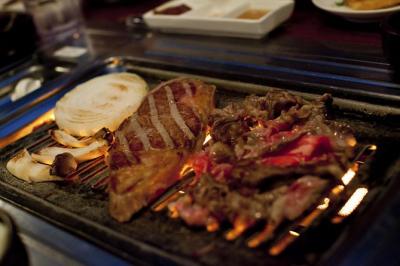
Small-Group Korean Night Food Tour
$87.99 ^
per person
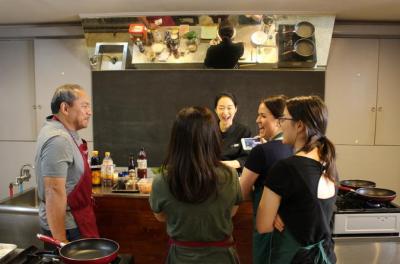
Experience Seoul: Korean Beginner Cooking Class
$65 ^
per person
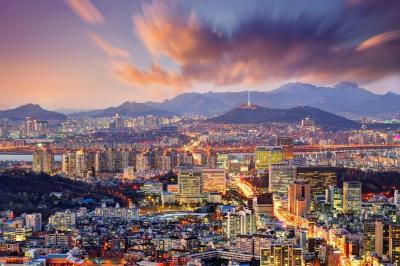
Seoul Highlights Small-Group Tour with Lunch and Nanta Show
$84 ^
per person
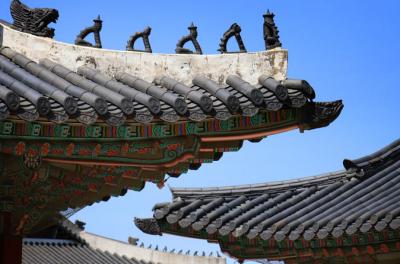
Seoul Private Flexible Adventure Tour
$84 ^
per person
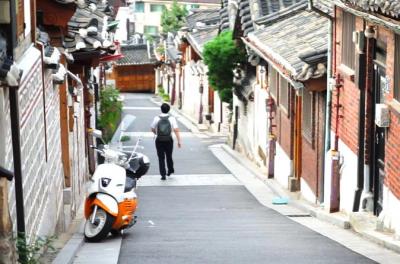
Seoul to Gyeonggi: Fully Customizable Private Tour
$54.44 ^
per person
